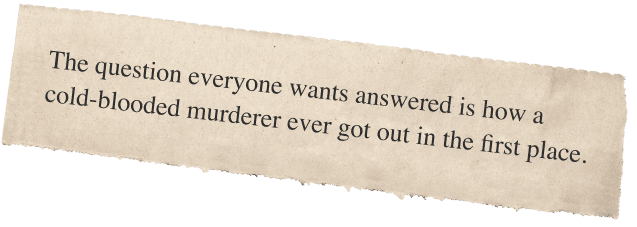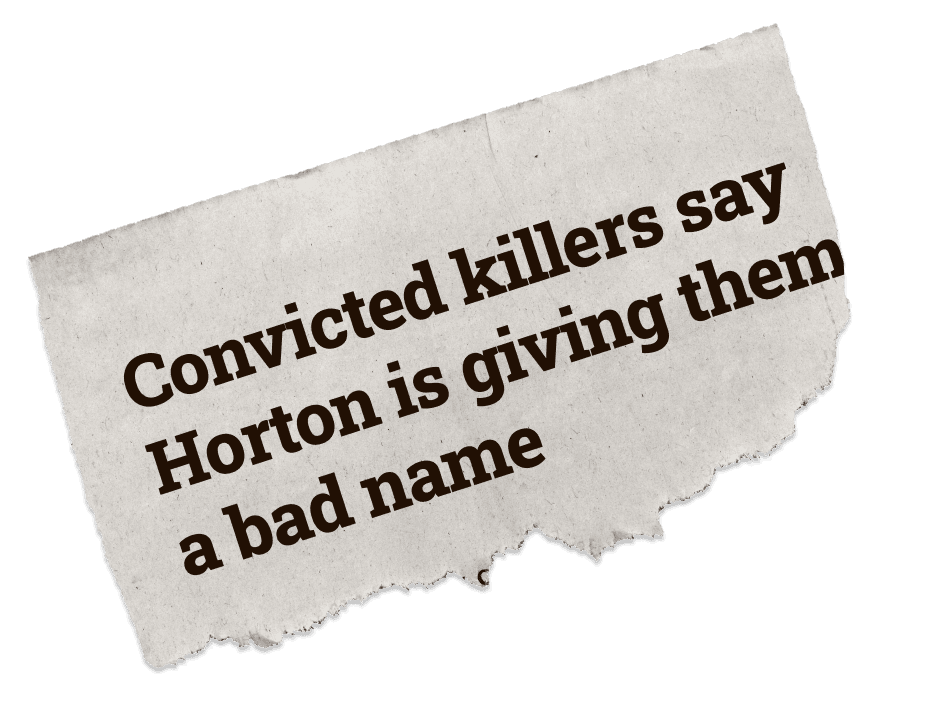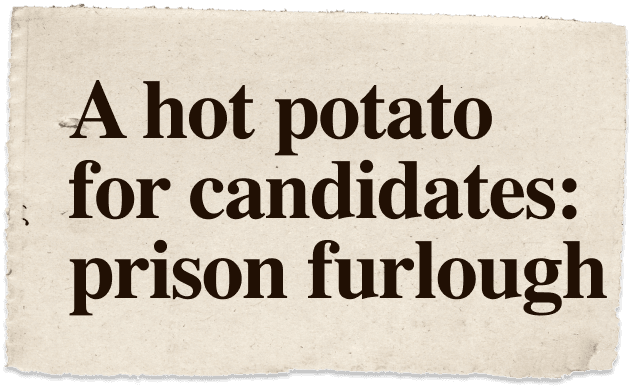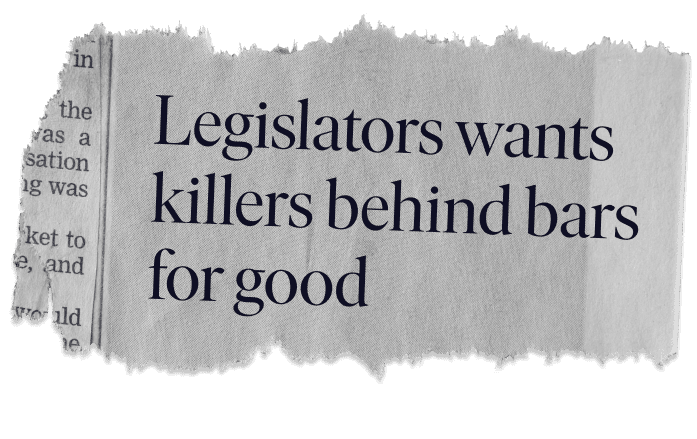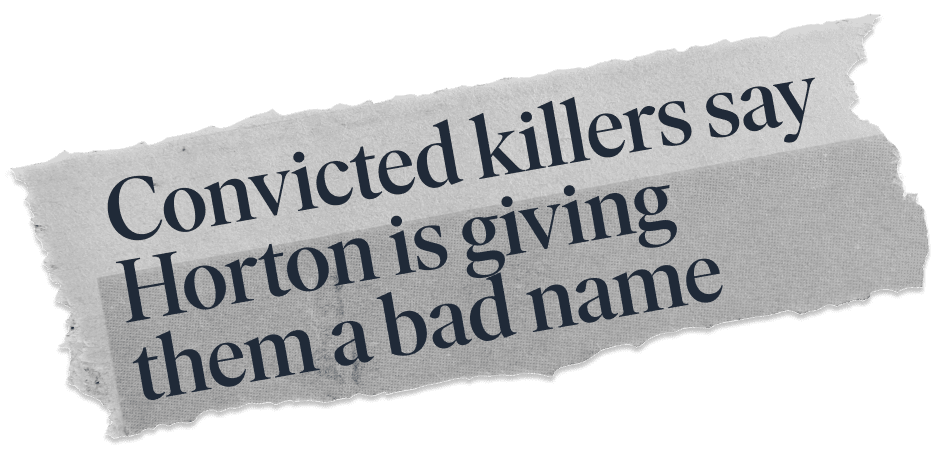
Connecting journalists with information and experts on crime and criminal legal issues


The following 5 examples are practices common in sensational journalism.
The Center will continue to expand and explore this list.
The most essential information: who, what, when, where, and why?




People are hungry for information that will help them address violence of all forms in their communities.
Journalists working to get people that information face many challenges, from misinformation to threats.
Connecting journalists with information and experts on crime and criminal legal issues
Supporting newsrooms engaged in rethinking their public safety coverage
Collaborating with educators to design teaching tools for the next generation of journalists
Identifying patterns in public safety reporting and recommending opportunities for change






